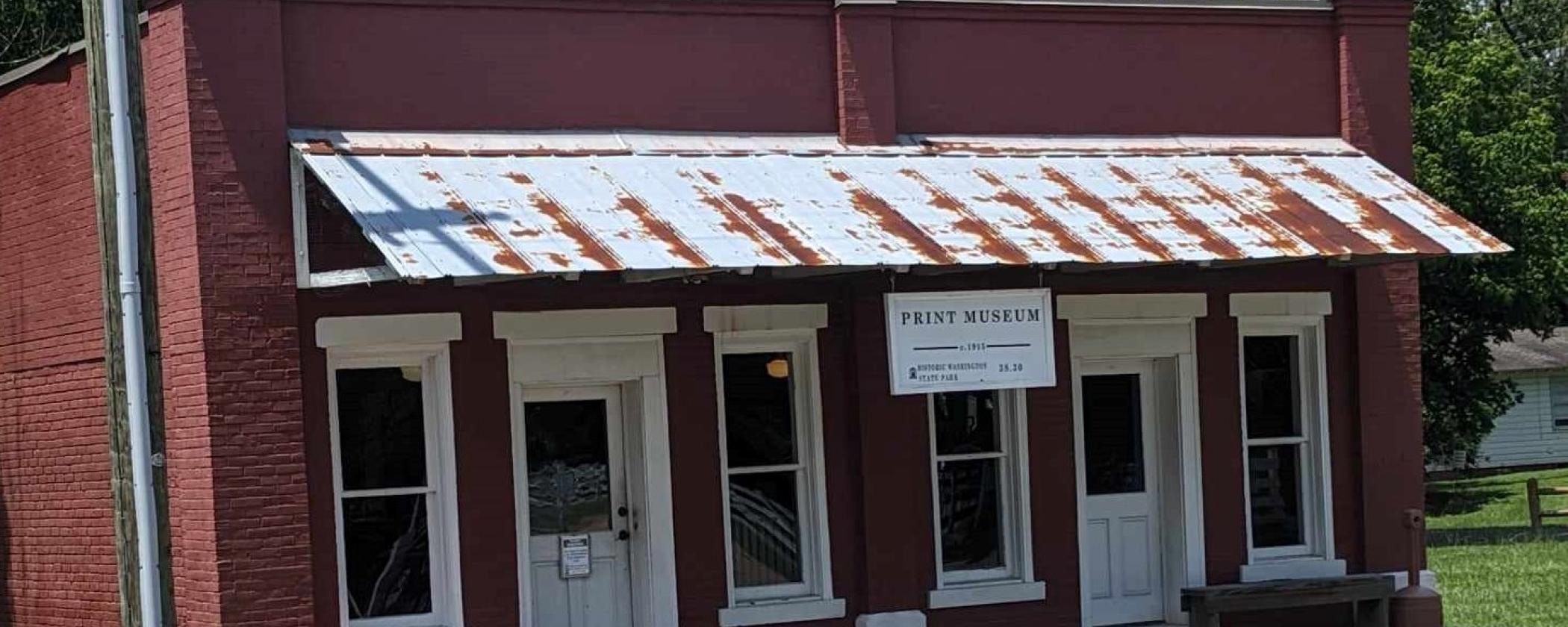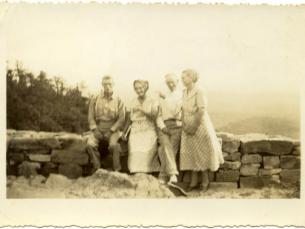
The Washington Telegraph and the Print Museum
By: Chris AdamsThe Washington Telegraph was more than a century old when it shut its doors. It survived the many ups and downs the community of Washington had endured. It was the oldest weekly newspaper still in production west of the Mississippi River until it went out of business in 1947. During the American Civil War, it was the only Arkansas newspaper to continually print through the entire war without ceasing. The main goals of the newspaper were to give the news to the people and support the local business in the area. It is in this area that the newspaper excelled. William Etter, the founder of the Washington Telegraph, came to Washington from Pennsylvania in 1839. He came during the era of the "penny press." These newspapers took advantage of economies of scale. Before the "penny press," newspapers of the time were dominated by the political press, with the prominent supporters of the newspapers being those particular newspapers with political affiliations. They were also trying to make as much money as possible by selling newspapers at a higher cost. However, the "penny press" newspapers changed this. William Etter dropped the single copy prices to gain new audiences. He made up the difference in lost revenue by charging businesses to advertise their goods and services to the audience. The lower prices drew more readers which drew more eyes to advertisements. This was a good business model for the publisher since the purchased equipment lasted many years, so any outlay of money was mainly on wages, paper, ink and type. You can still see this done today in our print museum.
The difficulty in the printing business from the printing press's creation in the 15th century to the 19th century had always been the moveable type issue. Moveable type was a tedious, time-consuming and frustrating task. Each letter in a word is set one letter at a time into a composing stick. After setting into a composing stick, the type is proofread and then transferred to gallies that were column size in width and length. This process of filling the composing stick with type and then transferring the type into the galley continued until the entire galley was full. This completes one column of a newspaper. The galley is transferred over to the stoneman, who forms up the columns and locks the forms into place. From there, the forms are pressed. The Washington Telegraph was a four-page newspaper with eight columns on each page.
William Etter controlled the newspaper until the Civil War. After the start of the war, he took up the cause of the Confederacy. He was commissioned as a colonel and sent to the Rio Grande to acquire much-needed supplies like medicine from Mexico. He was captured by the Federals and held prisoner until he died in 1865. He is buried in Brownsville, Texas.
There is much more about the history of the press and the Washington Telegraph that you can learn by visiting our Print Museum. You can even set the type and use one of our hand presses to make impressions, just like people in the 19th century. Visit us when you get a chance and bring your kids. They will have a wonderful time.




